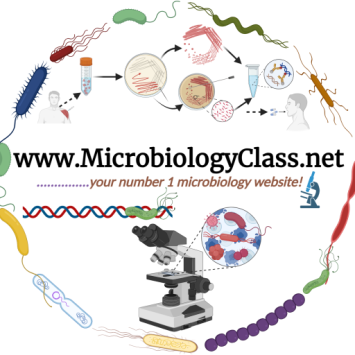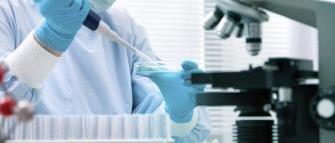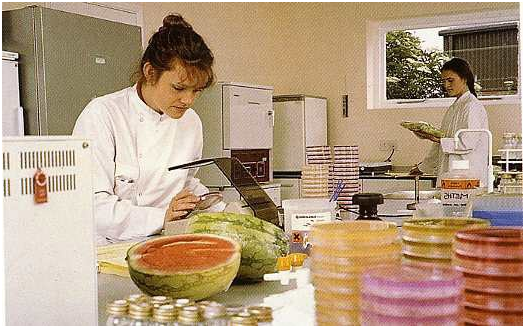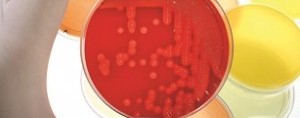MICROBIAL ENUMERATION OF FOOD PRODUCTS
Food meant for human or animal consumption should be certified safe and hygienically acceptable after production; and it is critical that food and food products undergo some series of microbiological tests including toxicological tests which test for the presence of microbial toxins in food or food products. Contaminated food and food products could serve as […]
MICROBIAL ENUMERATION OF FOOD PRODUCTS Read More »
Food Microbiology








